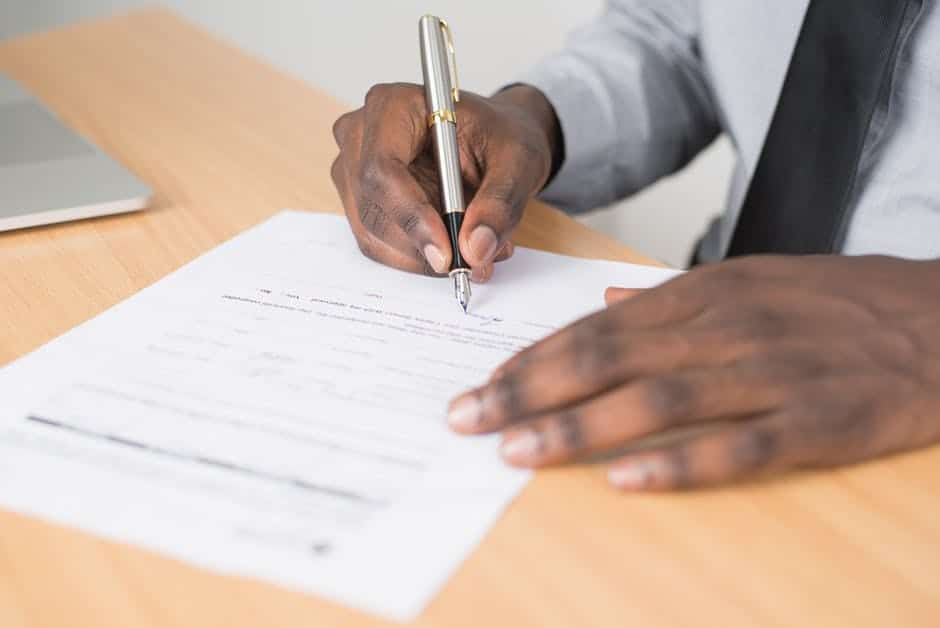Getting trademark protection in the United States is one thing. But if you want to take your brand international, you’re going to need more than just a US trademark.
And if you don’t? You’re vulnerable to appropriation in other countries. Worse, you’ll have insufficient legal grounds to fight back.
You’re proud of your idea–take the time to protect it. Here, we’re walking you through each step of the international trademark application process.
Who Can Submit an International Trademark Application?
Before we explore how to apply, it’s important to know whether you qualify in the first place.
Anyone can file a trademark application through the United States Patent and Trademark Office (USPTO) so long as:
- Your trademark is filed with the USPTO, or your trademark application is on file with the USPTO; AND
- You are a national of the United States, you are domiciled in the United States, or you have an industrial or commercial business in the United States
If the above conditions apply to you, you’re ready to file an international trademark application.
Where Do You File Your Trademark?
The next question is where you file your trademark application.
If you’re a US-based business, then the USPTO is your first port of call. They’re the first ones to review a pending trademark application. If approved, your application goes to the International Bureau of the World Intellectual Property Organization (WIPO), which is responsible for the international trademark registration program.
Do You Have to File Trademarks Individually?
Protecting your intellectual property overseas is a sticky process (protecting your intellectual property in China is a nightmare all its own).
Why? Every country has a unique set of intellectual property laws. Which means that precautions that protect you in one country may not protect you in another.
This is why the USPTO explicitly states that US patent or trademark does not protect you in other countries. Patents and trademarks are territorial, and you must apply for a trademark in each individual country where protection is sought.
Of course, if you’re an online retailer, that may sound like an impossible task. If you can sell to anyone in the world, how can you find out what countries people are visiting your site from?
Fortunately, there are ways to remedy this problem (without applying for a trademark in every country in the world).
What About International Company Trademark Registration?
Don’t forget about your company trademark, though.
Technically, you aren’t required to file international registration for your company’s trademark. In fact, if all your customers are based in the United States, it would be a waste of time and legal fees to register in other countries.
However, if you sell to customers from other countries, then you should register your trademark internationally.
The International Trademark Application Process
Filing an international trademark application is relatively straightforward once you know the steps.
Even if your application is approved in the United States, filing an international application does not guarantee protection elsewhere. The application is reviewed by three separate entities before your trademark protection is extended.
As such, it’s a good idea to plan ahead and be proactive. If you do business in the US and are looking to expand internationally, start small. Get your trademark approved before you do business outside the country.
The process begins with the USPTO. They certify that the information in your application matches your US trademark registration.
If the application is approved, it is sent to WIPO for the next stage. If it isn’t approved, the USPTO will notify you of the reasons why the application was denied so that you can submit a corrected application.
The Madrid Protocol
WIPO uses a process called the Madrid protocol. This grants trademark protection in several countries by filing an application through your own member country. All you have to do is designate countries in your application.
There are also three regions you can designate under the Madrid protocol:
- Benelux (Belgium, Luxembourg, and the Netherlands)
- European Union (all member countries except Malta)
- African Intellectual Property Organization (19 members and 12 observer states)
Basically, an international trademark application registered in the United States is treated the same as a registered trademark in other member countries.
This is a lifesaver for businesses. It removes the need to individually update or renew your trademark in every country where you hold a trademark. Instead, you can directly record changes and carry them over into other countries.
Next Steps
If your application is approved by the USPTO and sent to the International Bureau of WIPO, it is reviewed to determine whether it meets the terms of the Madrid protocol.
If it does, you will receive your trademark registration, along with an international trademark registration certificate and publication in the WIPO Gazette. This registration is good for 10 years.
From there, the application is sent to the individual countries you designated on your application. Each of these countries will review the application based on their national trademark application standards.
They have 18 months to either grant an extension of your trademark or to decline it. If the member country does not deny it after 18 months, the application is accepted automatically.
Do You Need Help With Your Trademark?
Even if you know how the system works, it can be tricky to figure out the details of your international trademark application. And that can leave your trademark vulnerable.
That’s where we can help. Our attorneys know what it takes to protect a brand and have helped clients all across the country make their way through the trademark registration process.
If you need to speak with an attorney about your options or how to get started, use our contact page or call us at 855-473-8474.




